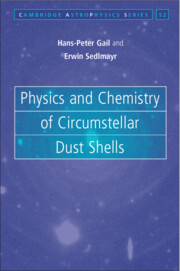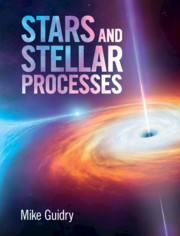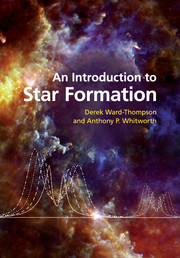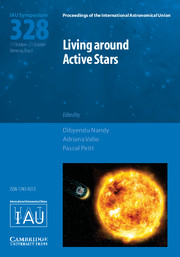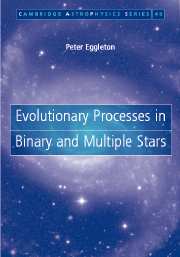Physics and Chemistry of Circumstellar Dust Shells
Circumstellar dust, the astronomical dust that forms around a star, provides today's researchers with important clues for understanding how the Universe has evolved. This volume examines the structure, dynamics and observable consequences of the dust clouds surrounding highly evolved stars on the Giant Branch. Early chapters cover the physical and chemical basis of the formation of dust shells, the outflow of matter, and condensation processes, while offering detailed descriptions of techniques for calculating dust formation and growth. Later chapters showcase a wide range of modeling strategies, including chemical and radiative transfer and dust-induced non-linear dynamics, as well as the latest data obtained from AGB stars and other giants. This volume introduces graduate students and researchers to the theoretical description for modeling the dusty outflows from cool stars and provides a full understanding of the processes involved.
- Presents a complete description of the processes responsible for dusty stellar outflows from evolved stars
- Offers the reader tools to understand the basic processes that determine the properties and the appearance of circumstellar dust shells
- Applications to modelling envelope structures, stellar wind dynamics, dust production and stellar-mass loss are covered in detail
Reviews & endorsements
'I found the illustration is unique to this textbook, and it helps me to visualise step-by-step processes to solve dust formation in the circumstellar envelope … It is recommended to researchers with an interest in the subjects covered.' The Observatory
'… this is not just an ordinary advanced textbook … [it] can be used as a tool for practical and theoretical research by scientists in this field.' B. Ishak, Contemporary Physics
Product details
March 2014Hardback
9780521833790
684 pages
260 × 181 × 35 mm
1.36kg
156 b/w illus. 26 tables
Available
Table of Contents
- Part I. Setting the Stage:
- 1. Introduction
- 2. Evolutionary status of dust-enshrouded objects
- Part II. Theoretical Description of Circumstellar Dust Shells:
- 3. Theory of circumstellar dust shells
- 4. The energy equation for matter
- 5. Radiative transfer
- 6. Interaction between gas and dust particles
- 7. Extinction by dust grains and gas
- 8. Approaches to the temperature equations
- 9. Chemistry in thermodynamic equilibrium
- 10. Gas-phase chemical composition
- 11. Gas-solid chemical equilibria
- 12. Growth of dust grains
- 13. Formation of seed nuclei
- 14. Moment equations
- Part III. Applications:
- 15. Modeling of circumstellar dust shells
- 16. Miras and long-period variables
- 17. Mass loss formulae
- 18. R Coronae Borealis stars
- Part IV. Appendices
- Bibliography
- Index.

